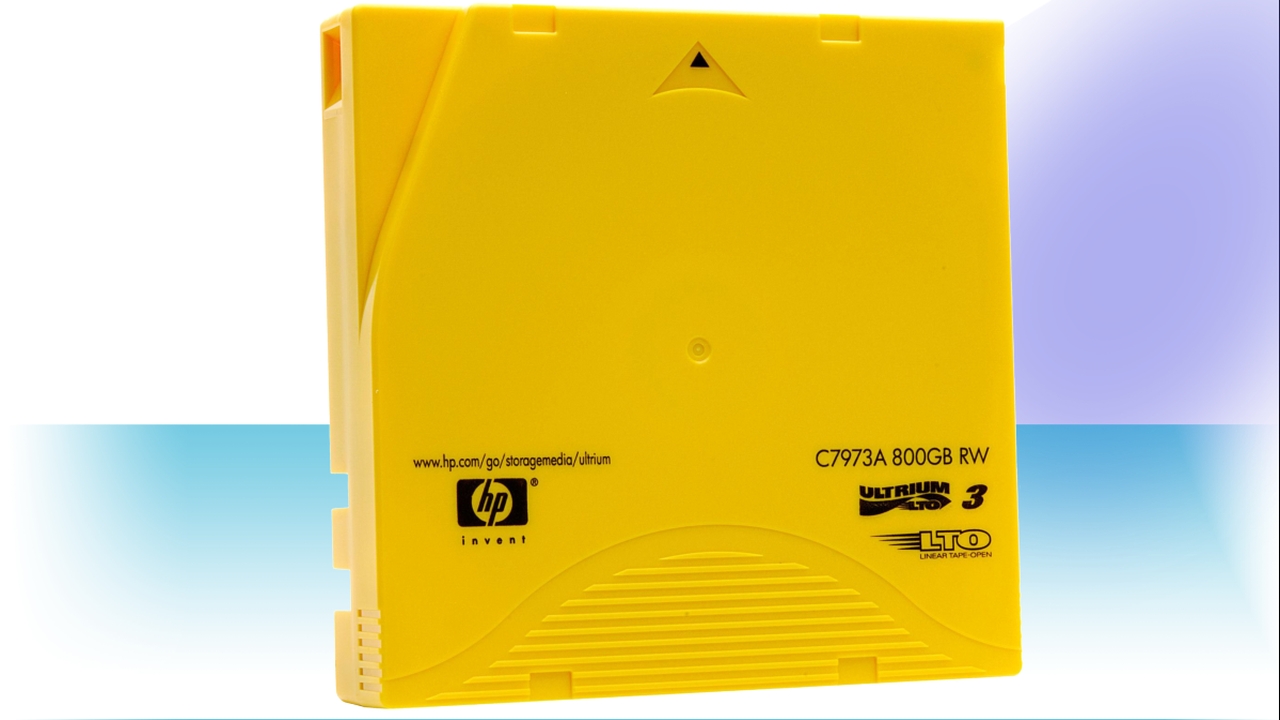Tape's not dead: 120TB models, enough for up to 4,800 Blu-ray discs, coming
Dust off that cartridge

We don't believe in coincidences; yesterday, HGST announced that it was shipping 10TB hard disk drives to partners and on the same day, the entity behind the LTO (Linear Tape-Open) Ultrium technology announced that they will offer up to 120TB of storage per cartridge.
That's a lot of pictures of cats, memes, tweets, Facebook statuses and things that might prove trivial now but vital in a court of justice at some point in the future.
The coalition that regroups three big storage providers, HP, IBM and quantum disclosed an extended roadmap that shows two additional generations (9 and 10) delivering respectively 62.5TB and 120TB storage.
These figures need to be taken with a pinch of salt though because they are, after all, quoting compressed capacities (2.5x).
Still, who wouldn't want a tape cartridge with a native capacity of 48TB? Compressed transfer for the gen 9 is expected to reach 1.77GBps and 2.75GBps for the two generations.
Tape manufacturers are currently using Gen 6 which offers up to 6.25TB of compressed capacity per cartridge with data transfer rates of up to 400MBps.
Since HDD manufacturers are increasingly pushing for hard disks to be used as cool-to-cold media thanks to technologies like SMR and growing capacities, expect tape vendors to become more aggressive.
Are you a pro? Subscribe to our newsletter
Sign up to the TechRadar Pro newsletter to get all the top news, opinion, features and guidance your business needs to succeed!
There's roughly two years between the roll out of each generation with LTO-7 expected to be available by the end of the year. Therefore, one can expect Gen 10 should hit the market towards the end of this decade or the beginning of the other.
Earlier in May, IBM revealed that it was working with Fujitsu on a tape prototype that could hold 27x the capacity of LTO-6.

Désiré has been musing and writing about technology during a career spanning four decades. He dabbled in website builders and web hosting when DHTML and frames were in vogue and started narrating about the impact of technology on society just before the start of the Y2K hysteria at the turn of the last millennium.